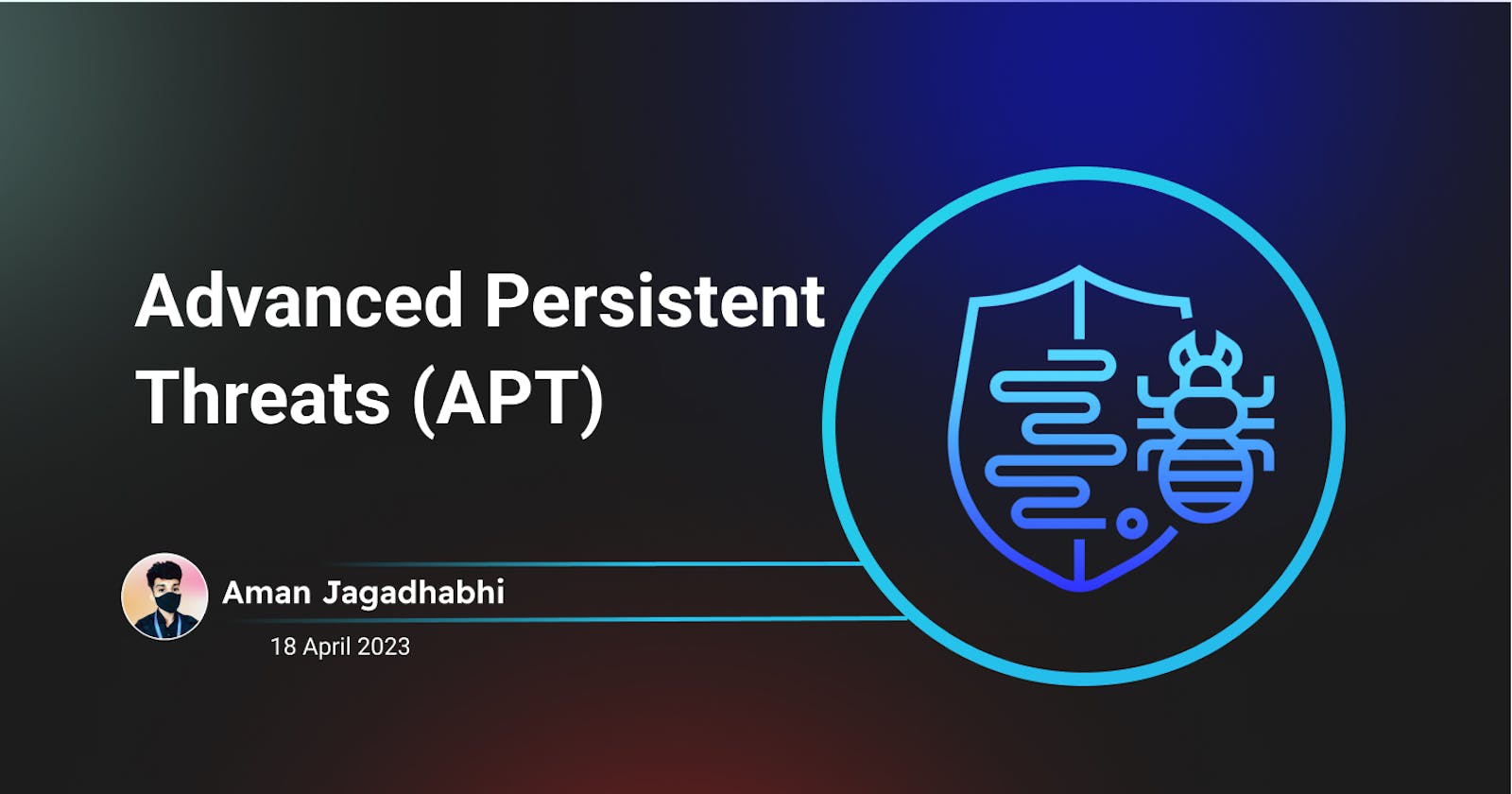Introduction to Advanced Persistent Threats (APT)
Advanced Persistent Threats (APT) are a type of cyberattack that involves an unauthorized user gaining access to a system and remaining undetected for an extended period of time. The purpose of an APT attack is to steal sensitive data, disrupt business operations, or spy on individuals or organizations.
APTs are typically carried out by highly skilled attackers who have the resources and knowledge to evade traditional security measures. They use a combination of sophisticated techniques, including social engineering, malware, and custom code, to gain access to a system and remain undetected.
Common Techniques Used in APTs
APTs use a variety of techniques to evade detection and gain access to a system. Some common techniques include:
Social Engineering
Social engineering is a technique used by attackers to trick users into divulging sensitive information or performing actions that they shouldn't. This can include phishing attacks, where attackers send fake emails that appear to be from a legitimate source, or pretexting, where attackers impersonate someone else to gain access to sensitive information.
Malware
Malware is a type of software that is designed to harm a computer system or network. APTs often use custom malware that is specifically designed to evade detection by traditional security measures.
Command and Control Servers
APTs often use command and control servers to communicate with infected systems. These servers are used to issue commands to the infected system and to collect data from it.
Privilege Escalation
Once an attacker gains access to a system, they will often attempt to escalate their privileges to gain access to additional resources. This can include stealing administrator credentials or exploiting vulnerabilities in the system.
Detecting and Preventing APTs
Detecting and preventing APTs can be difficult, as attackers use sophisticated techniques to evade traditional security measures. However, there are several steps that organizations can take to reduce their risk of being targeted by APTs:
Security Awareness Training
Security awareness training can help employees recognize and report suspicious activity. This can include training on how to identify phishing emails, how to create strong passwords, and how to avoid social engineering attacks.
Network Segmentation
Network segmentation involves dividing a network into smaller, more manageable segments. This can help prevent an attacker from gaining access to the entire network if they are able to breach one segment.
Access Controls
Access controls involve limiting access to sensitive data and resources to only those who need it. This can include implementing role-based access controls, two-factor authentication, and other security measures.
Threat Intelligence
Threat intelligence involves monitoring the latest threats and vulnerabilities and using that information to enhance security measures. This can include monitoring social media, forums, and other sources for information about potential threats.
Code Example
Here's an example of how to use the Python os library to detect a potential APT on a Linux system:
import os
def check_for_rootkit():
# Check for known rootkits
rootkits = ["t0rn", "adore", "shv4", "kitit"]
for rootkit in rootkits:
output = os.popen(f"rpm -q {rootkit}").read()
if "not installed" not in output:
print(f"Warning: Rootkit {rootkit} detected!")
check_for_rootkit()
This code checks for known rootkits on a Linux system by running the rpm -q command for each rootkit in the rootkits list. If a rootkit is detected, the code prints a warning message.
Conclusion
Advanced Persistent Threats (APTs) are a serious threat

